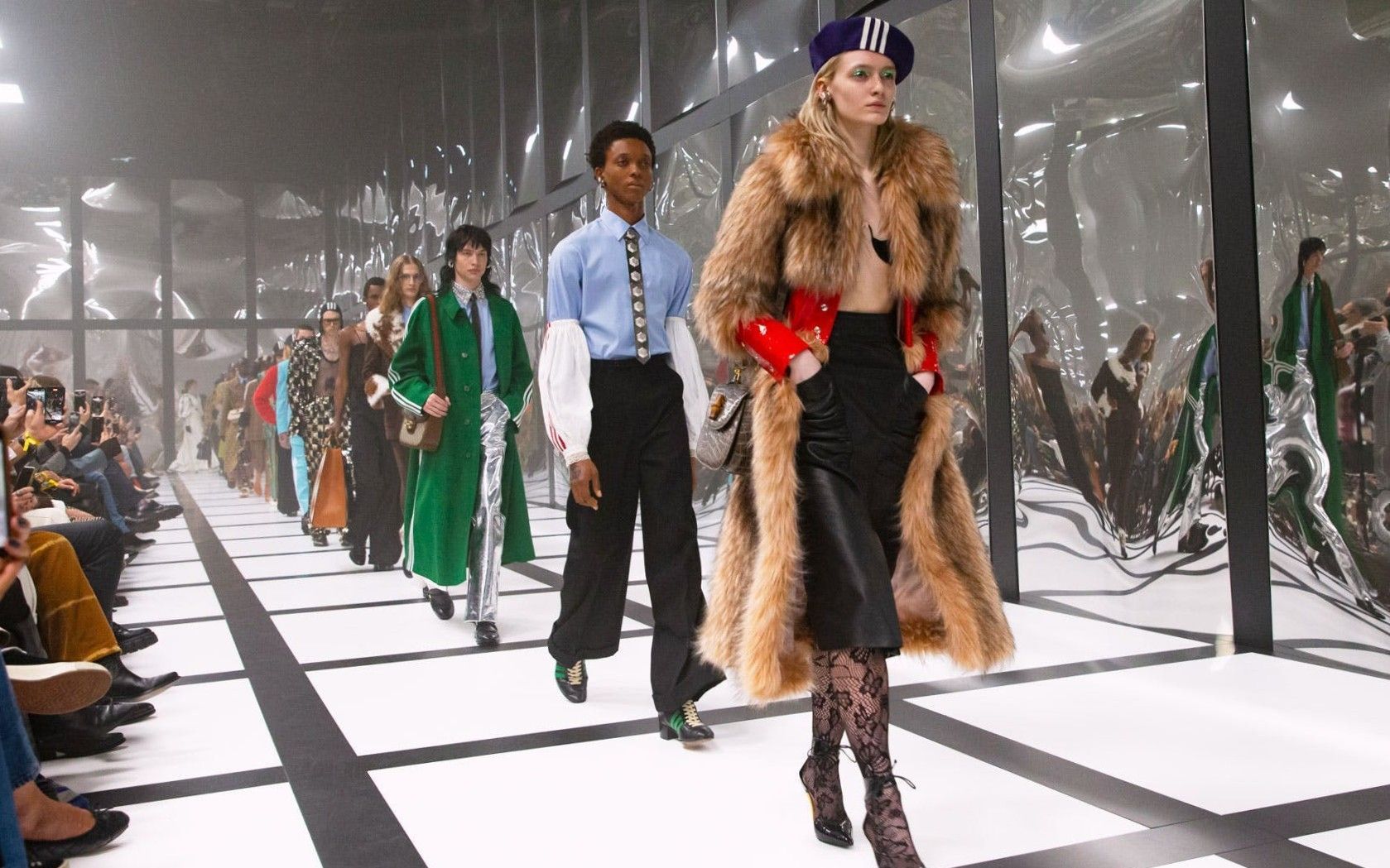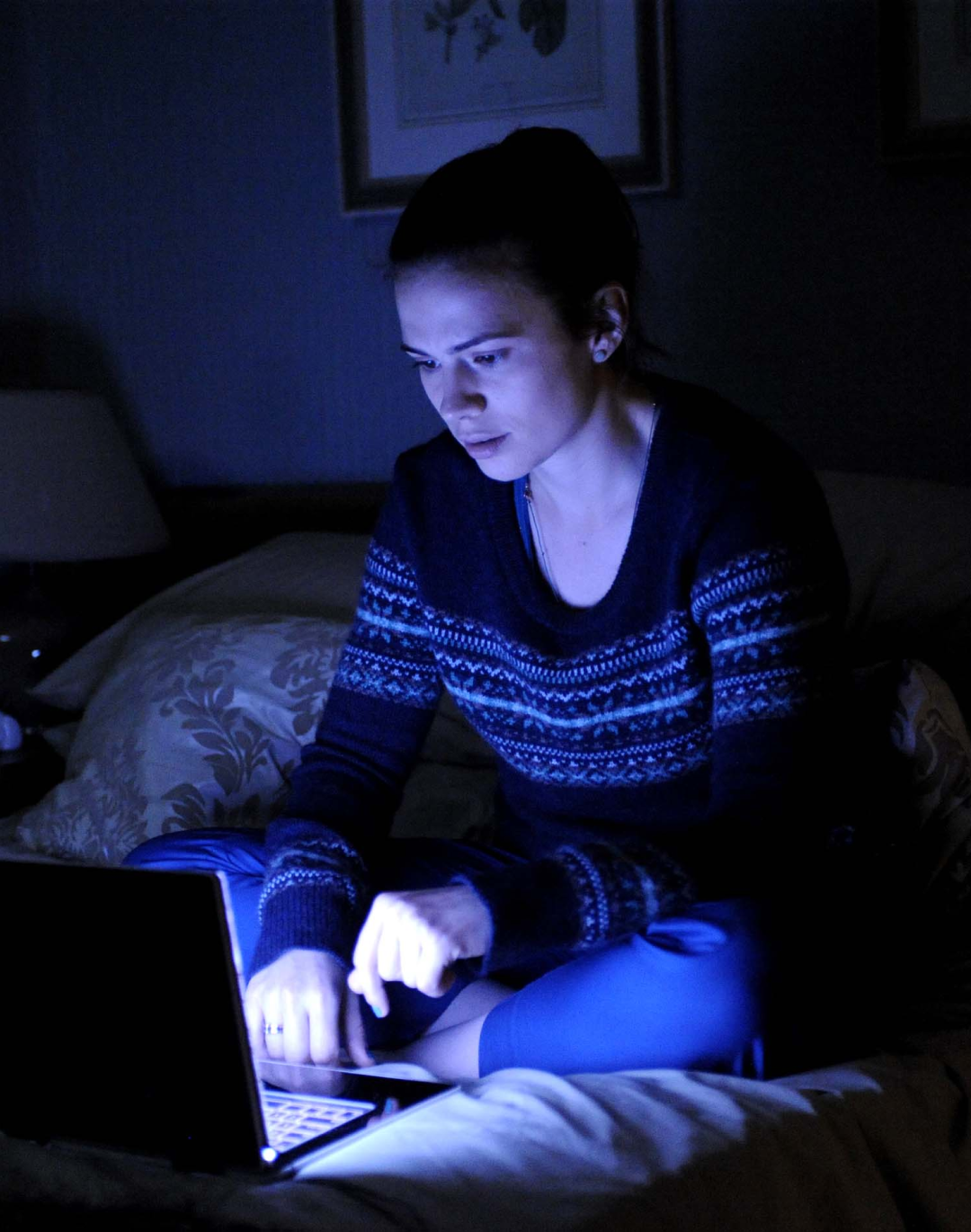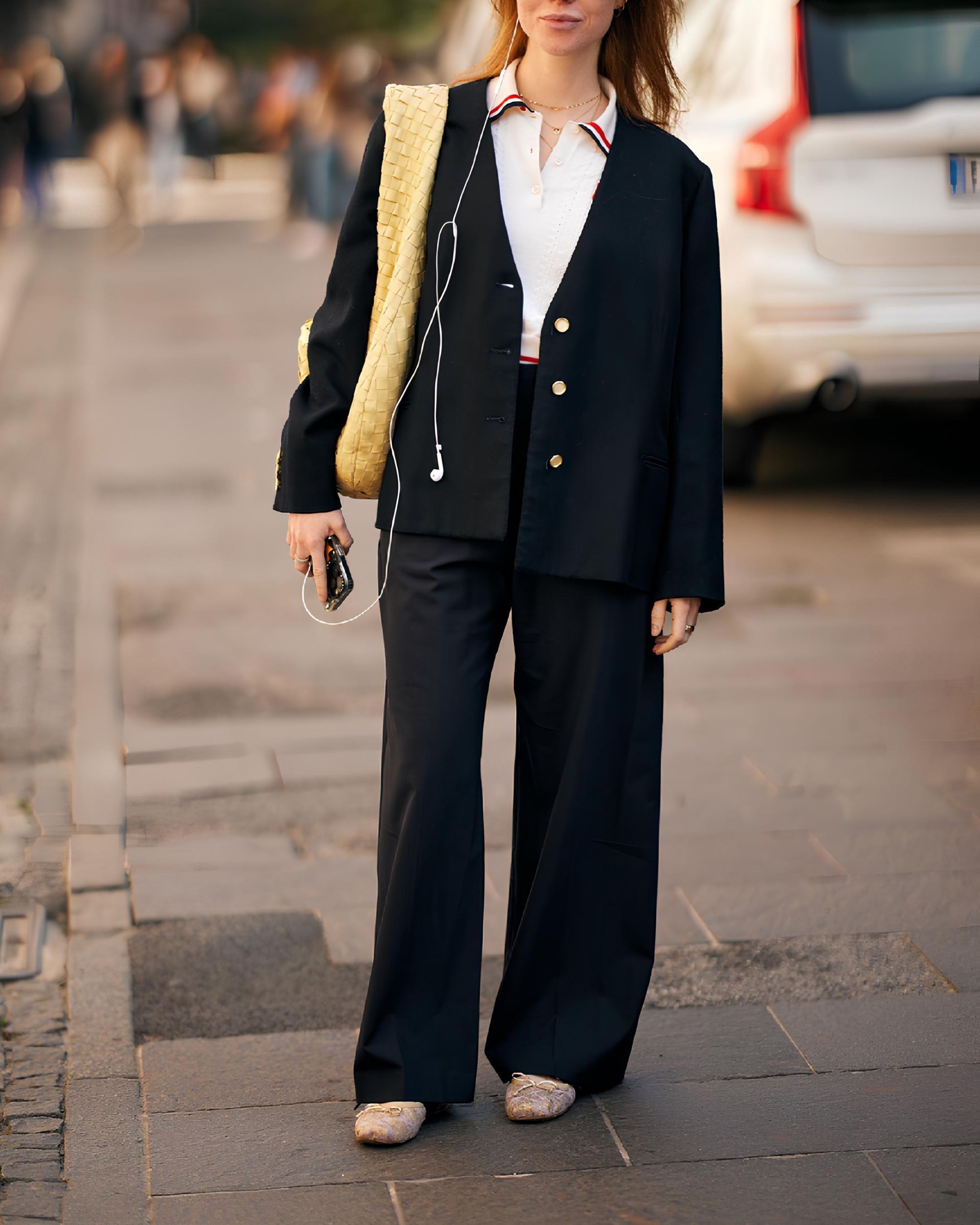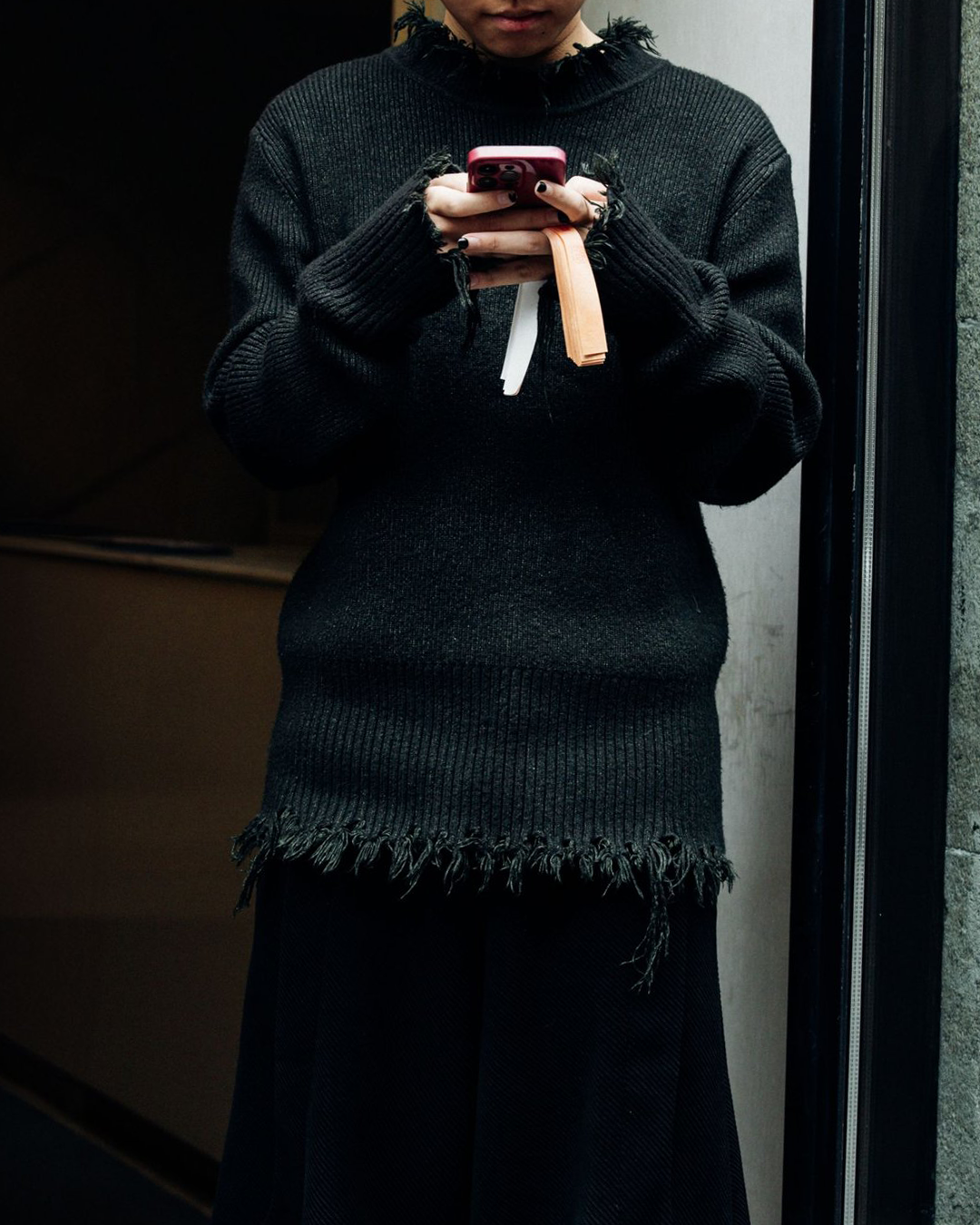
What it really means to be a model Not everyone knows about a job that is still reduced to mere stereotypes, as said by those directly involved
The first thing that comes to mind to most people, thinking of a model, is still the image of a boy or a girl with statuesque muscles and angelic features, whose physical skills have allowed them to earn a lot of money without doing "nothing much". These are the words that summarize in a few lines the superficial and inaccurate perception that two out of three people have of the work of a talent. There are those who exclude a priori that it can be a 360° commitment, there are those who maintain that it is always a matter of high-priced fees and those who pose only one question: "So they let you keep your clothes?". None of these questions, take into account the rhythms and dangers faced by what are often just teenagers, let alone the legitimate goals and rights that those same teenagers (and others) should be given. In 2017, the Models.com platform explained. How should models be treated, while the New York Times interviewed six women at different stages of their careers in an article titled What it’s truly like to be a fashion model and in 2018 it was the turn of the BBC, which asked the same question as the U.S. newspaper. Today, many secret aspects never really told have been revealed, especially online. Yet, despite the fact that in recent months, questions centered on the work of models have been on the agenda - following the Alexander Wang case or the documentary White Hot on Abercrombie & Fitch, there is still much to do to dispel the clichés associated with this profession.
Premise: There is no direct path to a modeling career, but there are guidelines you can follow if you aspire to join an agency. You start with "the Polas", as everyone in the fashion industry calls them, then you shoot in TF, a Free Test, which in other words is no-fee. Together with the agents, you aim to build a book with shots from previous jobs to find new ones, participate in castings and pose for clients or stylists. It happens that I travel to many different places, as has been the case for about three years at Samir Ali, who tells us: «I have been lucky enough to visit places I most likely wouldn't have if it weren't for my job, and for me this is the reason I love my job so much. To name some off the top of my head I have worked in Italy, France, Germany, Spain, Norway, Sweden, Denmark». Samir, who plans to work in Asia and the U.S., was scouted on Instagram in 2019. At the time he was living in London in a homeless shelter, a detail revealed to his agent months later. Before he was hired, he knew nothing about it and, aware that people outside the industry know little or nothing about how his days unfold, he always remains available to answer any questions. Open-minded about his future as well, he thinks it would be interesting to get into acting (he's from the Peckham area and has always admired Star Wars actor John Boyega, also from Peckham) and, to those who aspire to «enter the business» he would like to say «to be brave, be confident, know who you are and stay true to yourself».
Staying true to herself has also been the key for Lila Braghero, an Italian model who divides her time between Italy, Germany and London. «The first thing I can say is not to get hung up on wanting to be a model at all costs. If it has to come, it comes», she told us, explaining that it's a legitimate and demanding profession like any other, in which to be highly professional and not to be taken lightly, upholding the importance of respect on set. And even if with time you learn not to take it lightly when people look at a career like hers - oh, «so you're just modeling?», she would really like us to stop thinking in stereotypes, namely those clichés that add to the other obstacles the modeling world has been dealing with for years. Lila told us that, in her journey, there have been dark moments on a physical and mental level, to find the right balance in the relationship with her body and her calendar. «On a mental level, it wasn't super easy, especially at the beginning» when it always happens to rearrange at the last minute and having to be ready for anything, letting go and being patient at the same time. Samir also talked about two types of personal obstacles, which have to be internalized and overcome with time, as in any other job:
«Come potete immaginare, essendo musulmano e lavorando nel settore della moda ci sono stati momenti in cui la mia fede è stata messa alla prova e in cui ho trovato poi un sano equilibrio tra il mio lavoro e la mia religione. Ci sono anche limitazioni fisiche come gli infortuni, che si cerca di superare mentre si cerca di apparire naturali allo stesso tempo. Infine, un vero ostacolo è l'ansia, che è qualcosa che tutte le persone sperimentano, compresi noi modelli».
@fifinewbery TW: eating disorder #fyp #modelstories #modelsecrets #edawareness original sound - Fifinewbery
And if the reported words clearly show that being a model is not an easy thing nor a privilege, the other side of modeling, the dark one, has been talked about a lot lately. Thanks to the countless TikToks, that especially during the first lockdown have begun to become like courts, in which models and ex-models denounce dynamics and mechanisms of which most of the world knows little or nothing. In those iPhone Diaries entitled Pressure of being a model o Thraumatic things that happened to me as a model that just make sense (which you can see above), users reveal the conditions in which they have worked as models, often first-timers away from home and housed in very expensive apartments compared to their salaries, albeit ten tenants.
Bella Hadid opens up about the "excruciating and debilitating" anxiety that led to her posting these selfies.
— etalk (@etalkCTV) January 18, 2022
"My mom or my doctor would ask how I was and instead of having to respond in text, I would just send them a photo...I was never able to explain how I was feeling." pic.twitter.com/JgXsP5S6ua
Speaking of the hectic schedules and psychological pressures to which models are often subjected, data from the 2012 and 2020 Models Alliance surveys speak volumes: the risk is that they will result in true burnout, eating disorders or depressive episodes. To prove it, even Bella Hadid has been exposed several times personally, talking about depression and mental health issues. Returning to the discourse on the working conditions of the talents, especially if they are beginners, the minimum wages are not always applied in the terms of the law. That's why the Fashion Workers Act was born, the new bill presented to the Senate of the State of New York, which basically asks for three things, namely to set payments at 45 days from the end of the performance, to ensure models totally transparent contracts and to put an end once and for all to what are called the "mystery commissions" by its supporters, namely the inappropriate advances or gender-based violence that, according to reports in 2012, since the early years undergoes almost a third of the talent. In this context are the stories of Shit Model Management, the Instagram page that among other things last year opened the Alexander Wang case, or initiatives such as that of WSO (World Sustainability Organization), which created the first ethical and sustainable model agency to combat abuse, pressing and discrimination, and to help rewrite the rules of the industry.














































